Hydrogen peroxide is used not only in the field of medicine, but also in gardening. A substance diluted under the right conditions can saturate the plant with oxygen, disinfect and serve as a prophylaxis and treatment for infections. Peroxide has neither color nor smell. When diluted with water, it decomposes into oxygen and water, and it has the effect of rain on the plant itself. The main thing is to know the measure.
Content
Purpose of use: benefit and harm
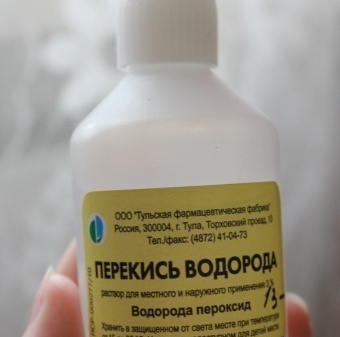
Damage to the plant can only be done if the solution is used incorrectly, or the measure is not followed when feeding. For example, if you regularly help the flower in this way, it will lose the ability to fight on its own, which will weaken the immune system. There are many more positive aspects:
- well cleans pests;
- improves immunity;
- heals a plant;
- increases oxygen supply;
- excellent effect on flowering;
- disinfects.
Peroxide can be used for:
- orchid disinfection;
- treatment of infections;
- treatments for insect pests.
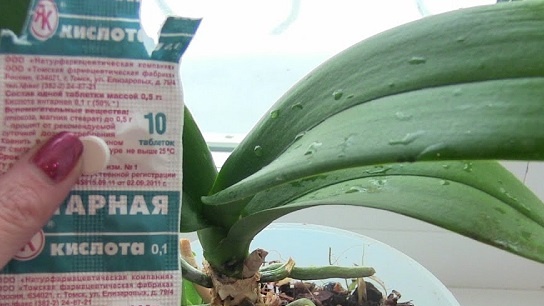 You may be interested in:
You may be interested in:There is an opinion that fertilizer is obtained by diluting pharmaceutical peroxide of 3% in the proportion of 1 tablespoon per 1 liter of water. But in this case, we get water containing 0.1% peroxide. The solution will not have much effect on plants.
The use of hydrogen peroxide for orchids
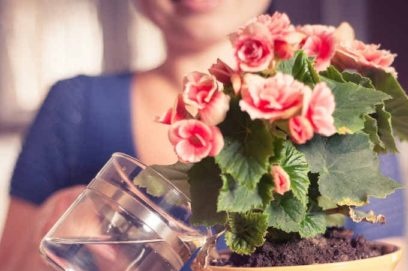
The required concentration is 3%. 50 ml spray bottles can be used. - this will facilitate the procedure, will not waste the product in vain. The entire area of the plant is sprayed.
Before the procedure, you need to make sure that the plant is free of dust and dirt. It is important that every section of the orchid is processed.
Weather during spraying should be slightly cloudy, but warm. Conduct in the morning or evening at a temperature of 22 to 28 degrees. After the procedure, be sure to see if there is moisture left, then dry the flower with a napkin.
How to process seeds before sowing:
- Spray the seeds with a 3% peroxide solution; you can also soak for 10 minutes in peroxide.
- After the seeds, together with the peroxide solution, dial into a syringe or vial, and then enter into the soil.
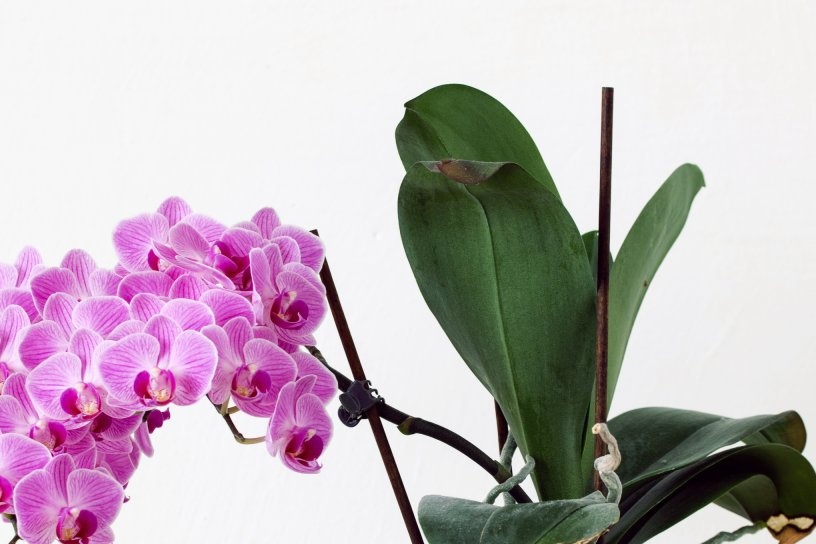 You may be interested in:
You may be interested in:The main goal is to sterilize the surface of the seeds for germination. At the same time, many archivists believe that after such treatment the germination of seeds increases.
Many use the drug to stimulate flowering, but peroxide cannot give such an effect. Its main property is antiseptic.
The use of undiluted peroxide is possible if it is 3%. If 98% concentrate is taken, then you need to bring the peroxide content to 3%, otherwise you can destroy the plant.
Peroxide for orchids can be used in the processing of slices. If the pruning procedure was performed, or the roots were accidentally touched when transplanting, you need to treat the site of the “wound” with a three percent solution. Gently pat the damaged areas with a cotton swab.Such treatment will give confidence that the flower will not become infected.
If you spray and water the orchid with a 3% solution once every 1-2 weeks, then there can be no overdose. More frequent use may damage the plant by excessive sterility. If a plant gets used to it, it will quickly “relax” and its resistance to disease will decrease. Sooner or later, such a plant will fall ill. Watering the orchid with a solution is not recommended, it is recommended to spray it.
After watering with peroxide, one can observe an effect that is very similar to the effect of rainwater. Plants come to life and bloom better. But the product is not a fertilizer, since it does not contain such substances as nitrogen, potassium, etc.
Expert opinion and feedback
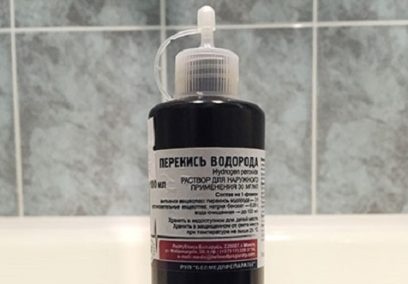
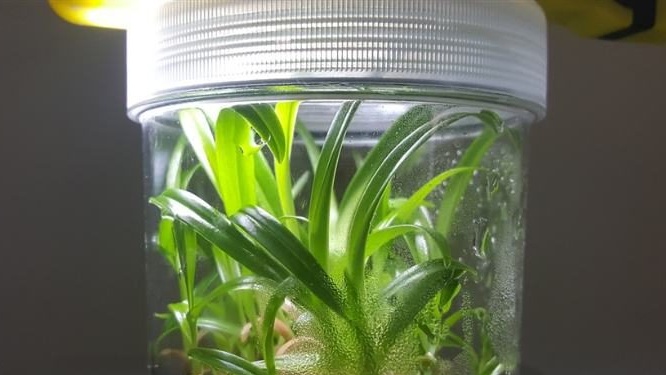 You may be interested in:
You may be interested in:Experts believe that oxide is an ideal disinfectant. She can process pots and garden tools, slices and wounds of orchids. Also, sometimes for the same purpose you can disinfect a flower. But one does not need to wait for miracles from this remedy - it will not replace competent care and proper top dressing.
People who use peroxide in orchid care leave reviews:
Agatha, 22 years old.
At one time I tried to use peroxide for orchids. I bought at a pharmacy, bred with water and sprayed. I did not notice the effect. Now I use it only for slicing, when I separate the baby or damage the roots. It disinfects perfectly, but watering orchids is pointless.
Bella, 32 years old.
Once I saw an incomprehensible looking spot on a leaf that looked like fleece or mold. Treated with a cotton swab dipped in hydrogen peroxide, sprinkled a little orchid. The spot began to fade after a few days. Phalaenopsis blooms and is pleased, orchid and hydrogen peroxide are well compatible.
Peroxide is a convenient inexpensive means for leaving and will certainly help if applied correctly.

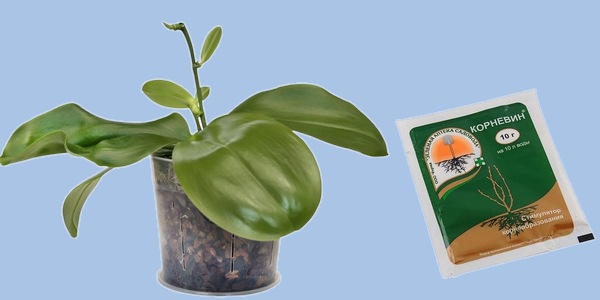
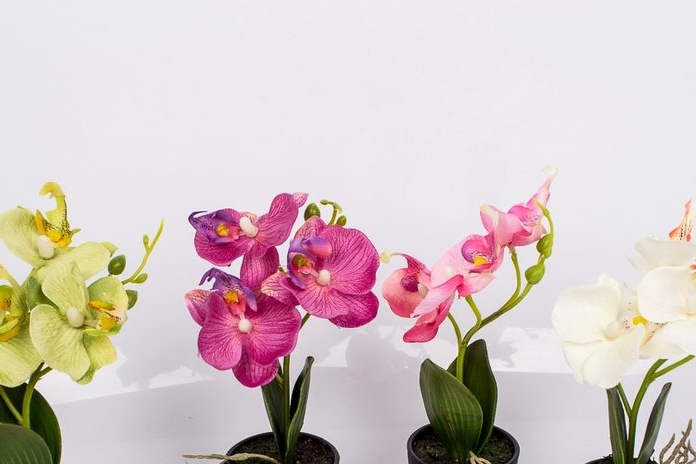
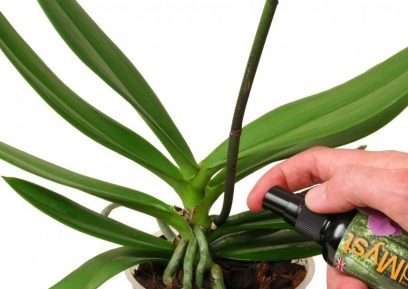
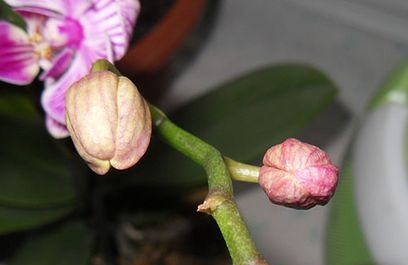 Reasons why orchids fall flowers and what to do
Reasons why orchids fall flowers and what to do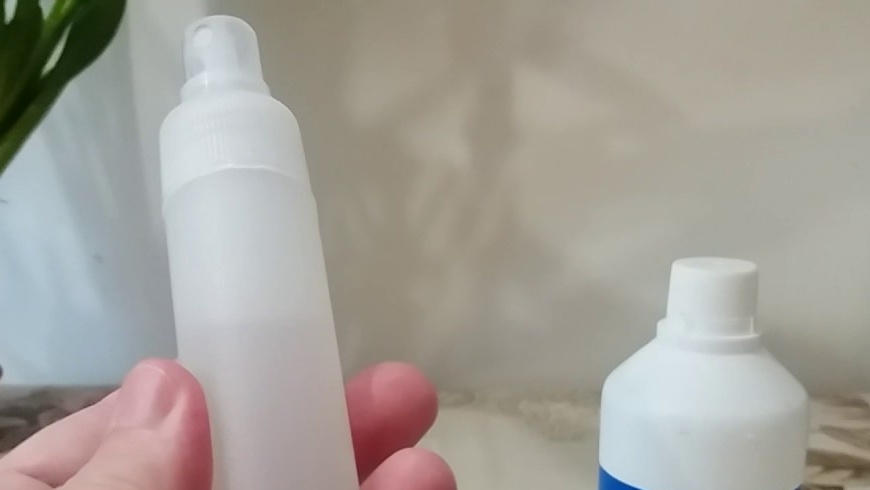 How to use hydrogen peroxide for orchids and why
How to use hydrogen peroxide for orchids and why Midges are wound up in the orchid: effective ways to get rid
Midges are wound up in the orchid: effective ways to get rid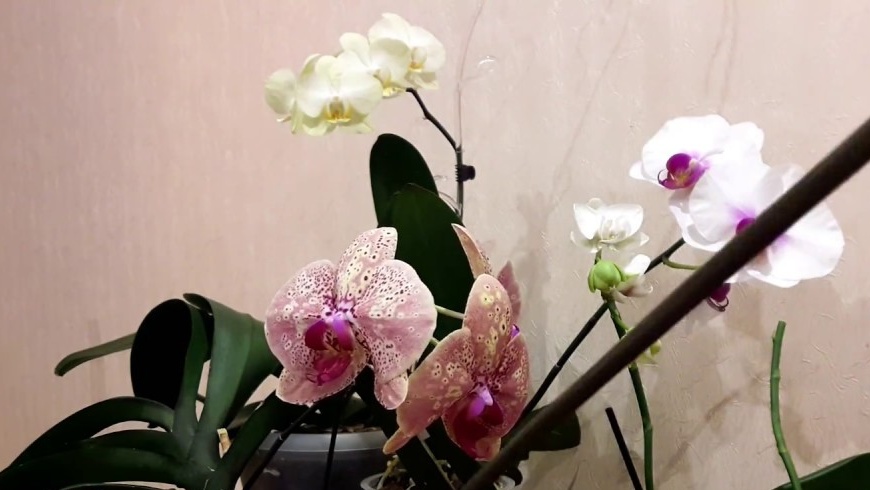 Is it possible to transplant an orchid during flowering
Is it possible to transplant an orchid during flowering